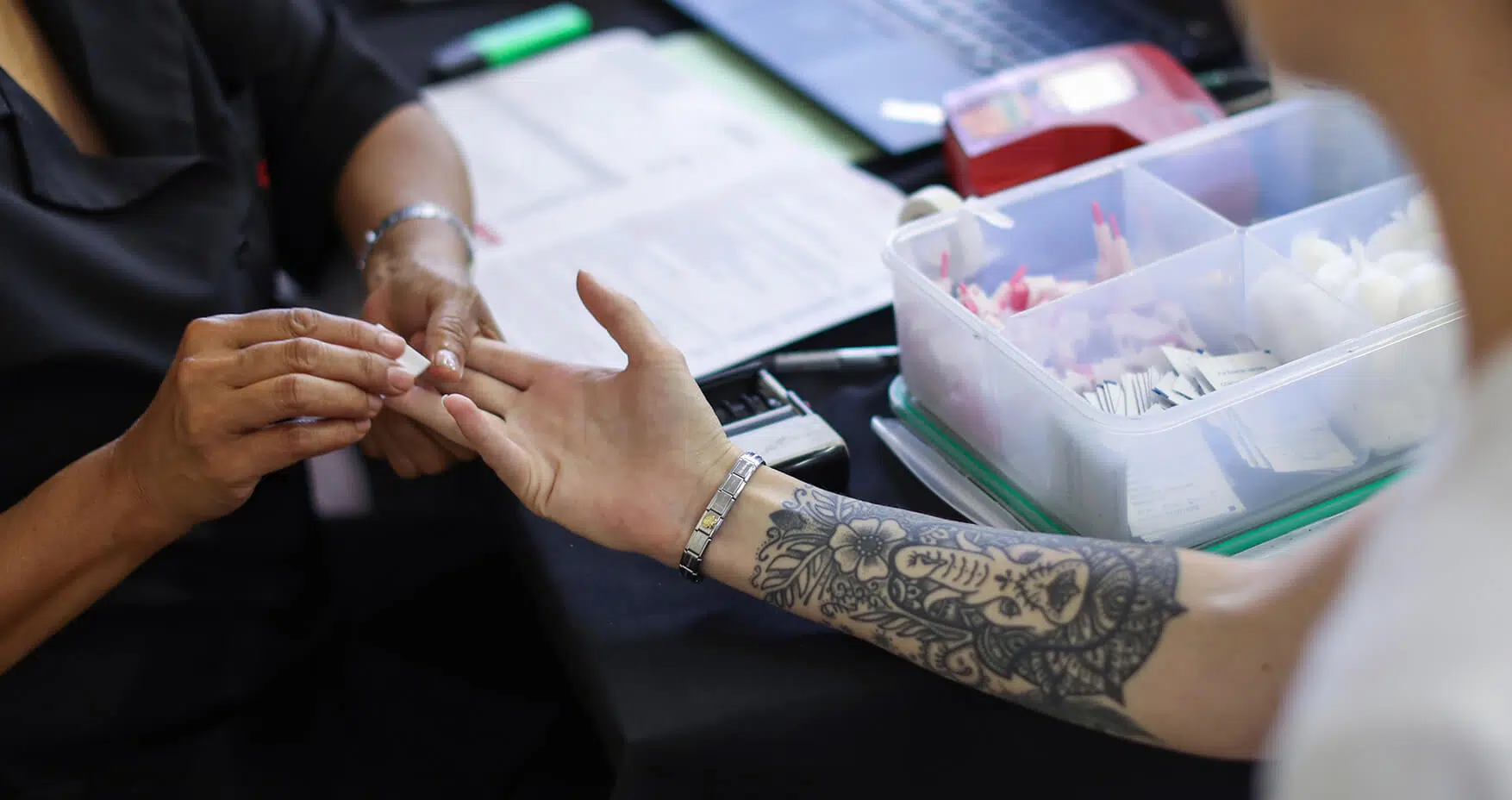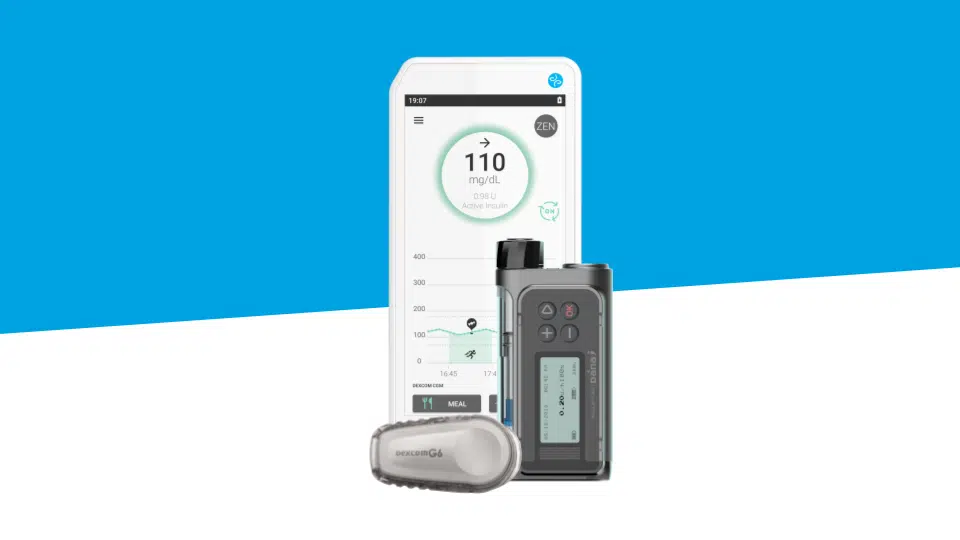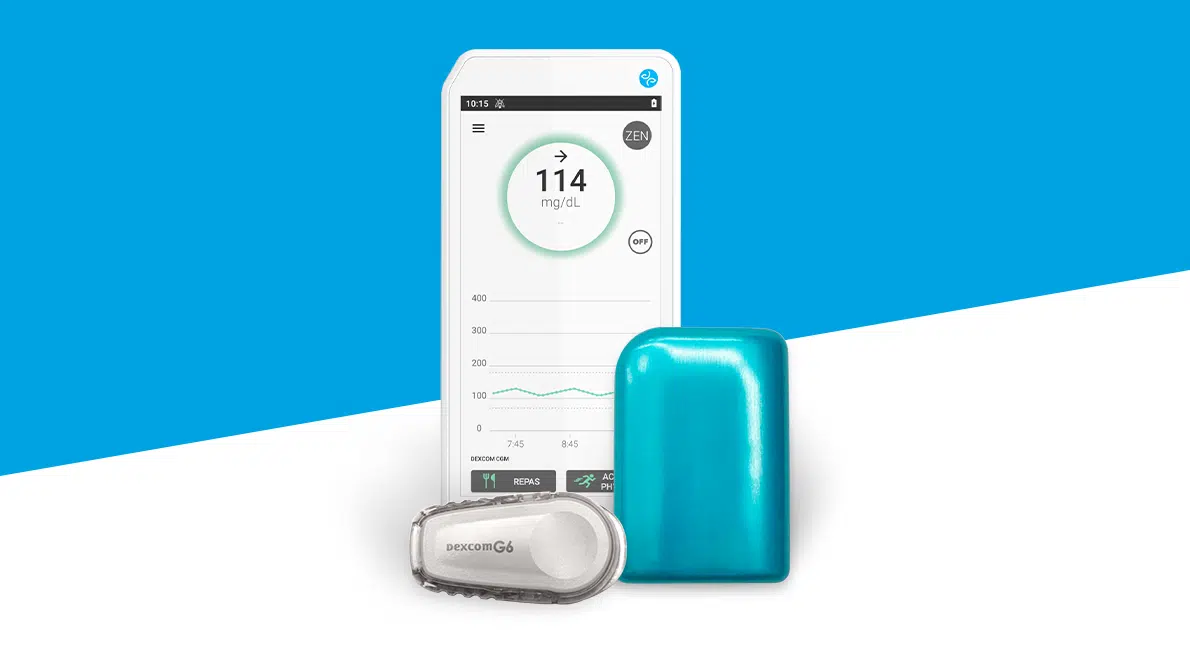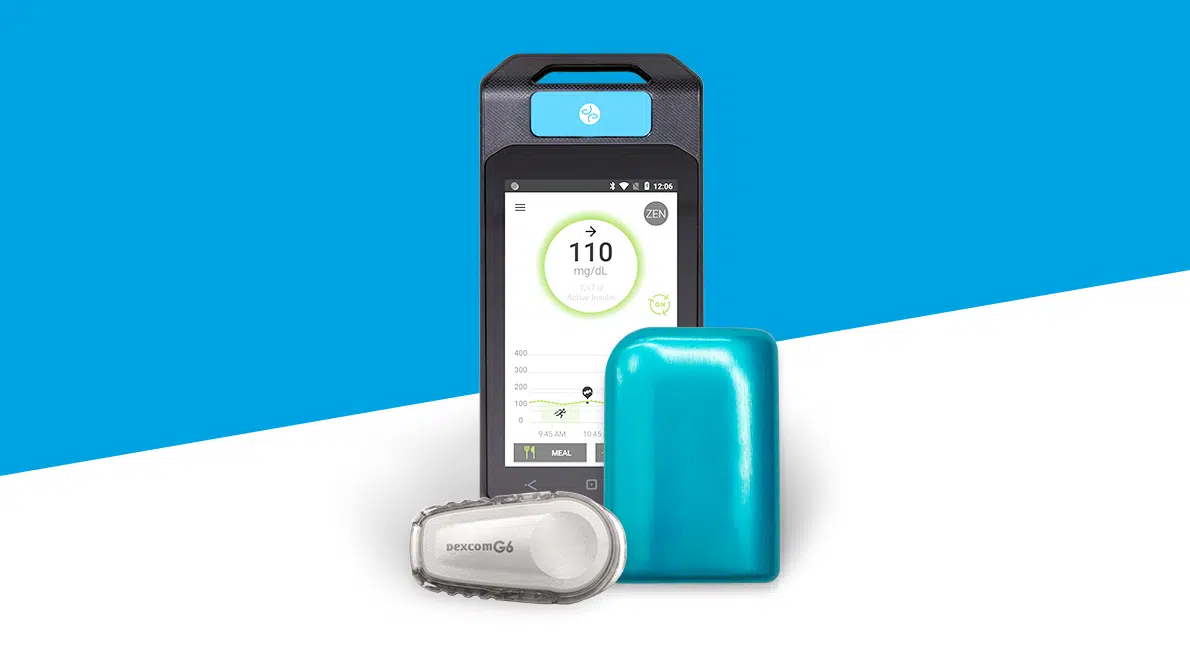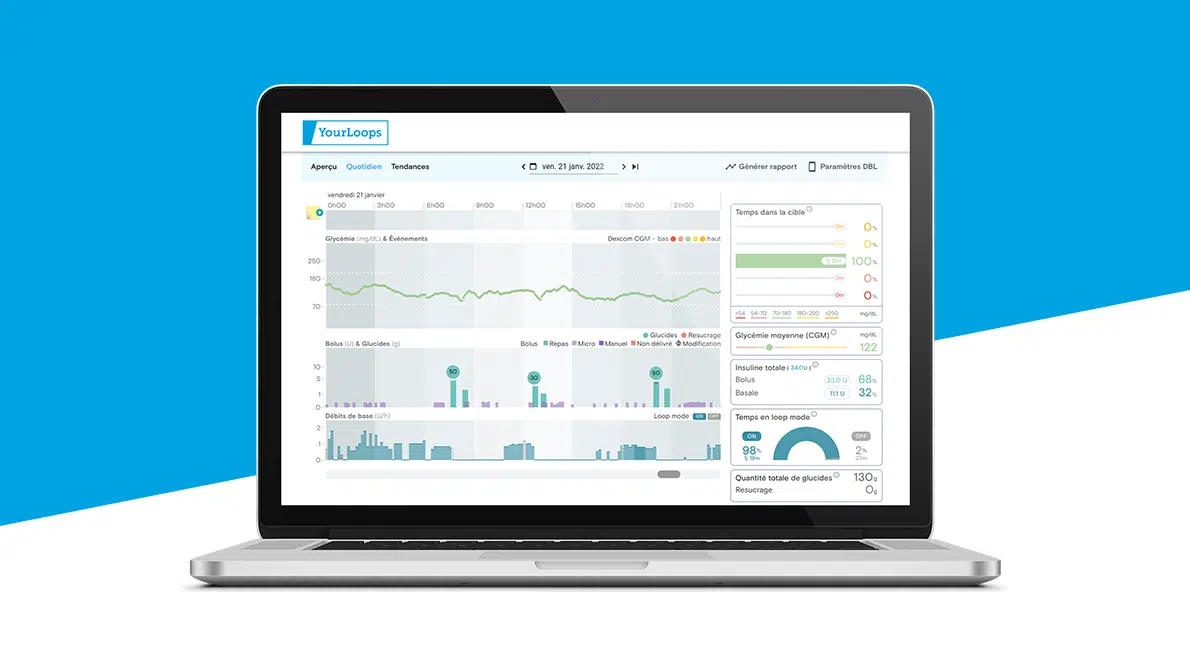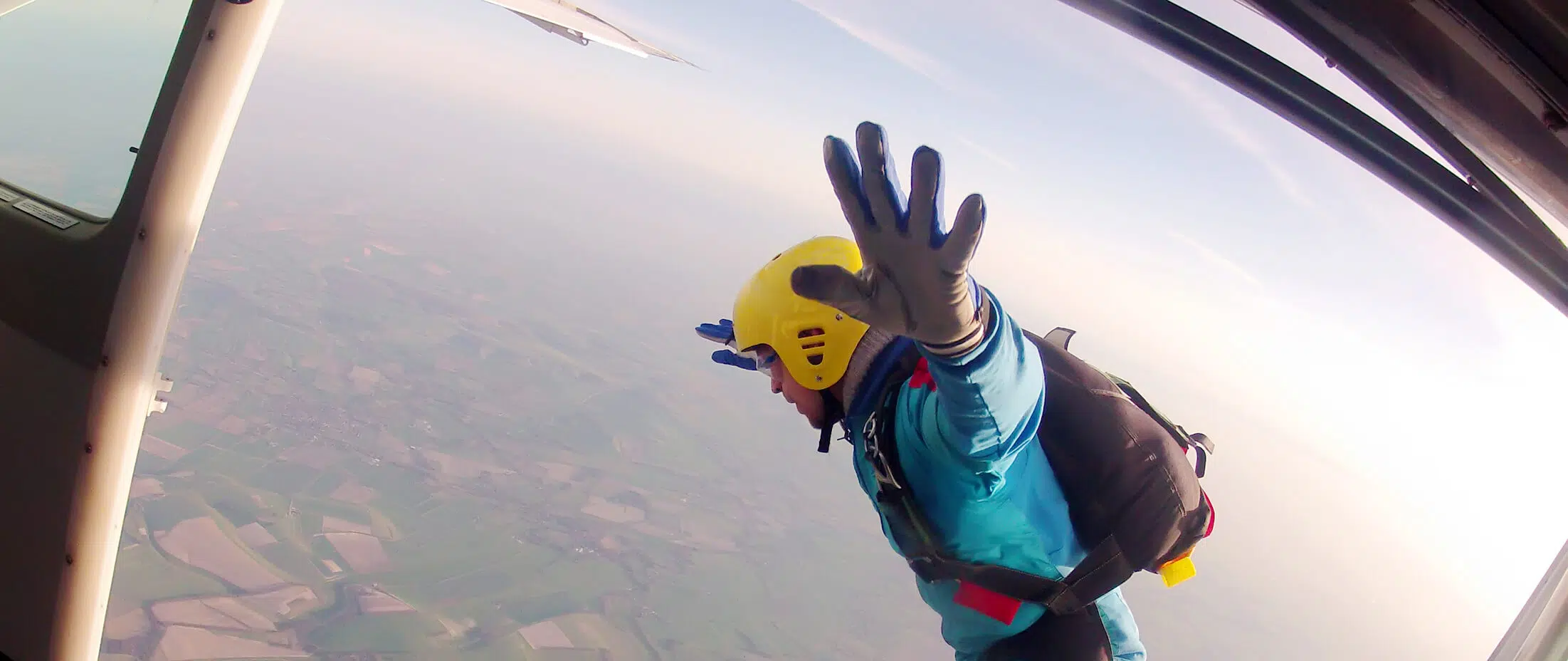
Extreme Sports And Diabetes: How To Have A Safe Adventure
Are you a thrill-seeker and do you swear by skydiving, diving or ultra marathons? Below are a few tips for following your passion and managing your Type 1 diabetes in any situation without putting yourself at risk.
Skydiving: The Big Jump
Ask your healthcare provider for advice before signing up to skydive to ensure you are controlled enough to do it safely. You can also read about how other people with Type 1 diabetes prepare for a jump by reading blogs, like this one here: https://asweetlife.org/skydiving-with-type-1-diabetes-an-interview-with-dennis-adair/.
Before jumping, figure out a safe starting blood glucose level and always be sure to carry rescue carbs.
Your first jump will be in tandem with a professional. It is the latter who controls the parachute and ensures a safe landing.
Diving: Discover The Seabed
After having long been discouraged, scuba diving is now possible for people living with Type 1 diabetes, particularly thanks to the work of Divers Alert Network (DAN) which provided some guidelines for people with T1D to practice recreational diving.
Nevertheless, some criteria are required and divers must take specific precautions. Before practicing any challenging activity, make sure you receive your doctor’s approval. If they confirm that you are able to dive, they will fill out a medical form. But, remember it’s usually only valid for a year.
First of all, divers must keep their blood glucose levels in range before diving to avoid severe hypoglycemia or hyperglycemia, which cannot be treated underwater. Just keep in mind that swimming is a physical exercise that can decrease your blood sugar levels.
Read more: Diabetes And Swimming: All You Need To Know To Feel Confident In The Water
Depending on your physiology, on the eve and day of the dive, insulin could be reduced by as much as 30%. Also, a blood glucose meter, insulin, glucagon kit and sufficient rescue carbs should be taken on the boat. If you wear an insulin pump, you should disconnect it before diving and leave it on the boat. Understand that if you are having a hypoglycemic event, you need to come to the surface to consume rescue carbs. To practice this activity safely, removing and refitting the oxygen tank underwater must be perfectly mastered.
The day after diving, check your blood sugar levels frequently since effects of physical exercise can occur later.
Ultra Marathons: Running Long Distances
Because it regulates stress and helps to balance blood sugar levels, running is a highly recommended activity for people living with diabetes. Thus, as long as you take some precautions beforehand, it is possible to cover long distances, or even try running very long-distances off the beaten path. Obviously, you can’t just jump into this type of running! To embark on the adventure, make sure you know your body and how it responds to exercise, insulin, and rescue carbs. Start with small outings, gradually increasing your running time and distance.
Read more: I Live With T1D And I Crossed The Finish Line Of A Marathon
It would seem that one way to carry out these long and difficult races would be to adopt a low-carbohydrate diet. This theory was put forward by researcher Jean-Charles Vauthier, studying the performance of three runners, during the 6-day Petite Trotte to Léon event (a trail of 300 km and 25,000 m positive elevation around Mont Blanc). Two of the runners, one of whom lives with type 1 diabetes, were on a low-carbohydrate diet, while the last one was on a standard diet.
Using continuous glucose monitors, the researcher was able to analyze the fluctuations in the three runners, who ran the entire race together. In the two runners on the low-carbohydrate diet, blood glucose levels remained “perfectly stable”, while for the runner following a standard diet, the fluctuations were “much more pronounced”. The researcher thus drew the following conclusions: “A low-carbohydrate diet allowed a runner with diabetes to complete one of the most challenging, ultra-rigorous ultra-trail events.”

